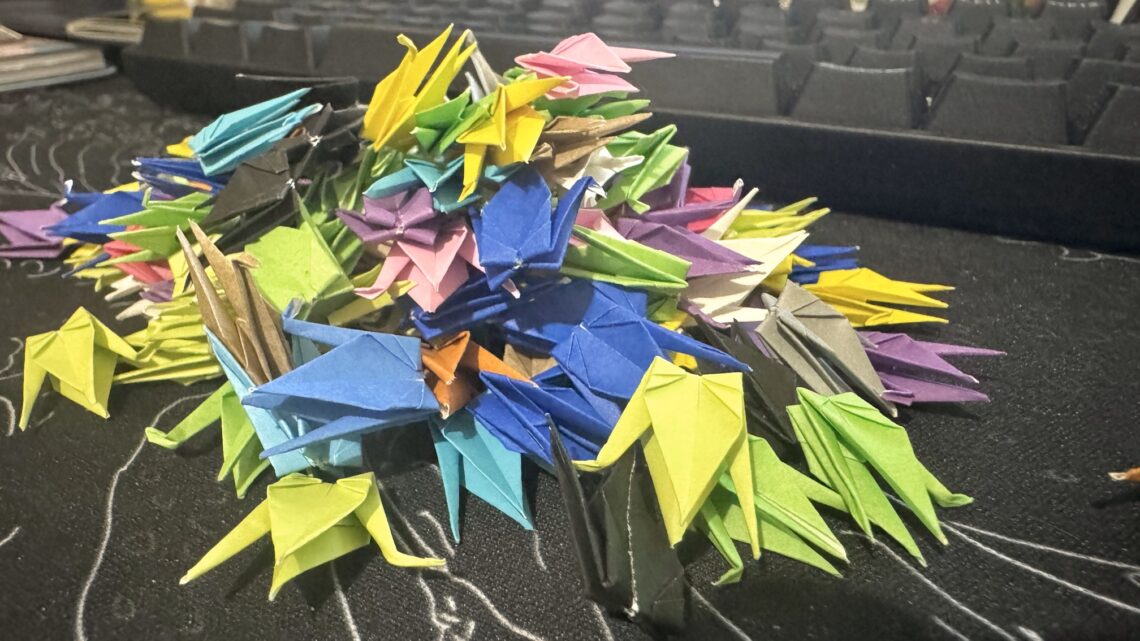Art
-
Symbols of Hope, Healing, and a Thousand-Year Tradition
Origami cranes are among the most iconic figures in Japanese paper-folding art, or origami, cherished for their beauty and symbolism. This art form dates back to the Edo period (1603–1868), but the crane’s prominence in origami began as people adopted it as a symbol of peace, longevity, and good fortune. In Japanese culture, the crane is known as a mystical creature that lives for a thousand years, making it an ideal emblem of lasting hope and resilience. The tradition of folding 1,000 origami cranes, known as “senbazuru,” grew from the belief that completing this task would grant one’s deepest wish. This practice became especially meaningful in Japan after World War…
-
Exploring the Art of Etegami in the Digital Age
Etegami, meaning “picture letters,” is a Japanese folk art that combines simple, hand-painted images with thoughtful or poetic phrases. This tradition began in the mid-20th century, inspired by calligrapher and artist Kunio Koike, who emphasized creating art that feels approachable and warm. Etegami typically features natural subjects like flowers, animals, or seasonal items, and each piece often conveys a personal message, making it a uniquely heartfelt form of expression that can be shared with others, much like a postcard. Traditionally, Etegami artists use simple materials: sumi ink for outlines, gansai (Japanese watercolor paints) for color, and washi (Japanese paper) as a canvas. These materials are chosen for their natural, organic…
-
Art that Surfs into Modern Life
“The Great Wave off Kanagawa” is one of the most iconic artworks to come out of Japan, created by Katsushika Hokusai in the early 1830s. Part of his series Thirty-Six Views of Mount Fuji, this ukiyo-e woodblock print captures a dramatic moment as a towering wave threatens to engulf boats, with Mount Fuji calmly sitting in the background. The piece is a striking mix of movement and stillness, blending nature’s beauty with its raw power. Over the years, it has become more than just an artwork—it’s a symbol of Japanese culture that resonates worldwide. It’s fascinating how this piece from the 19th century continues to influence modern life, including mine.…






